Brood X Magicicada photo by Fred Berry from 2004. Parts unknown.
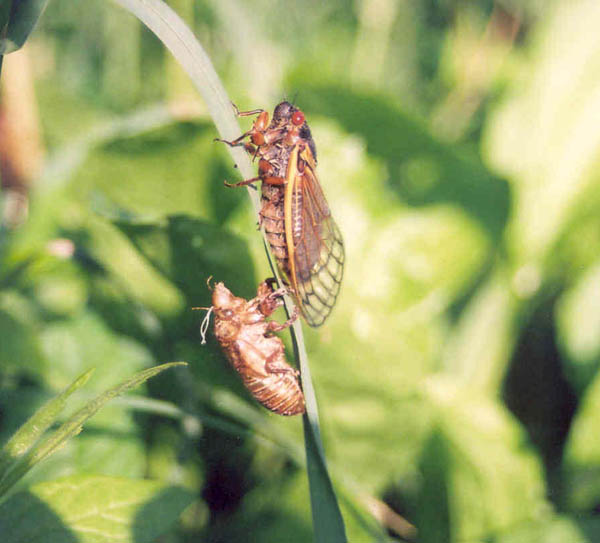
Genera of cicadas.
Brood X Magicicada photo by Fred Berry from 2004. Parts unknown.

Brood X Magicicada photos by Mark Goldberg from 2004. Maryland.
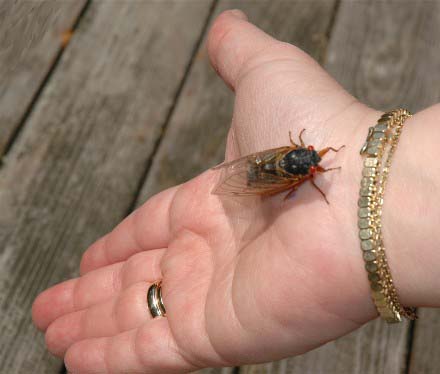
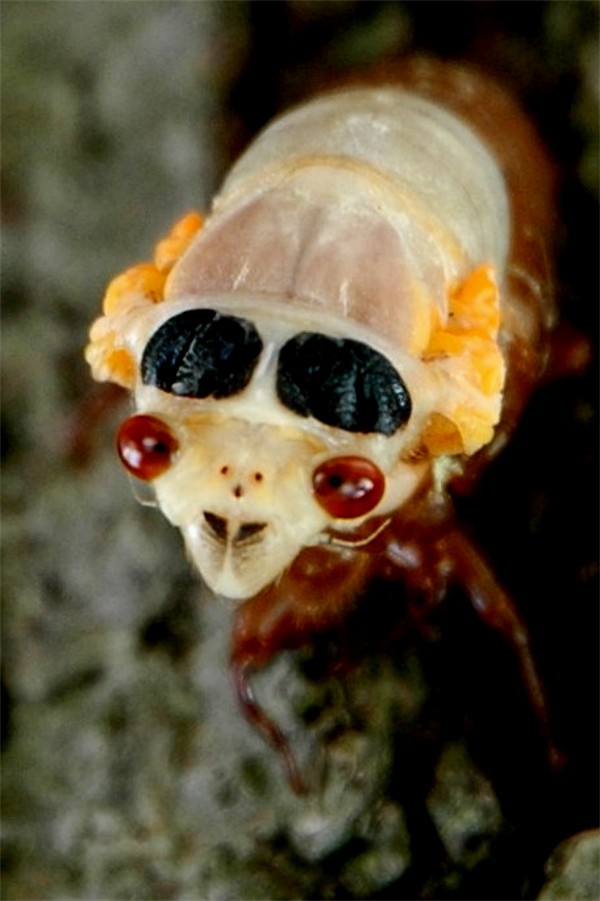
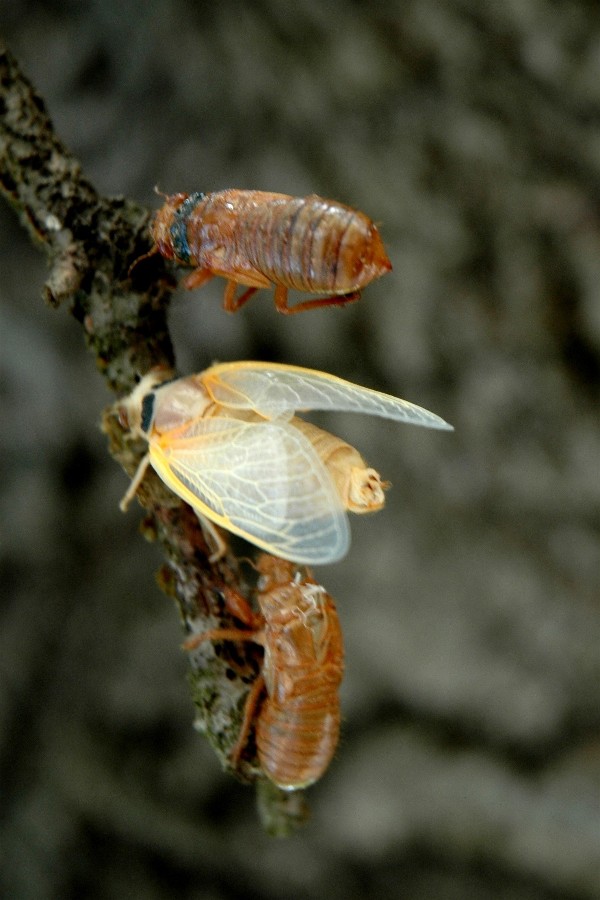
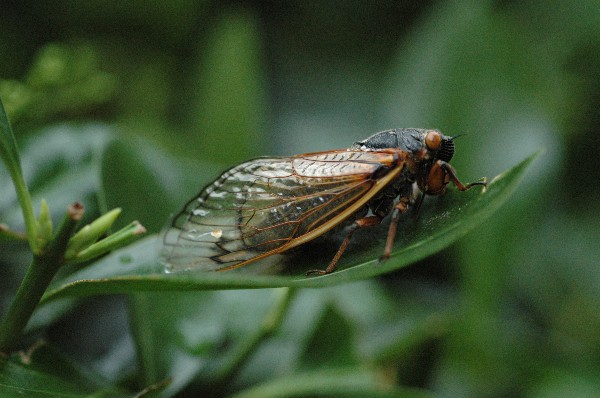
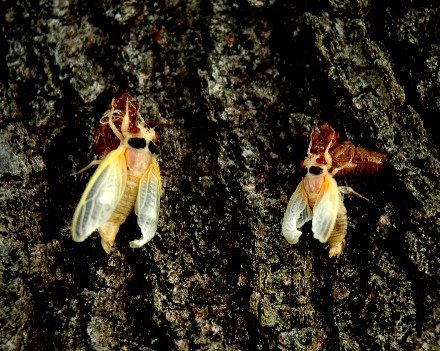
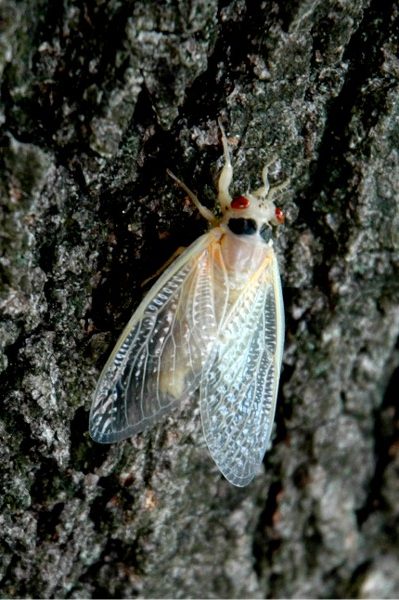
Brood X Magicicada photos by Phil Smith from 2004. Indiana.
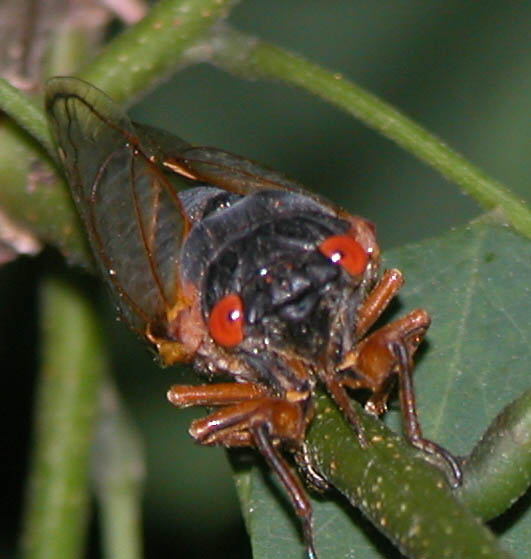
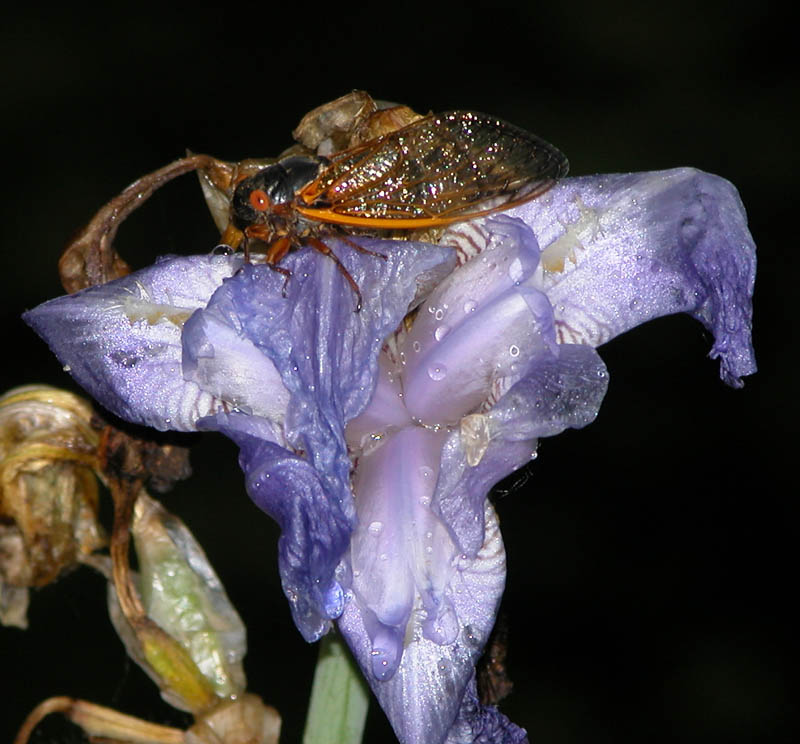
Magicicada Brood X photo by Frank Mefford from 2004. Kentucky.
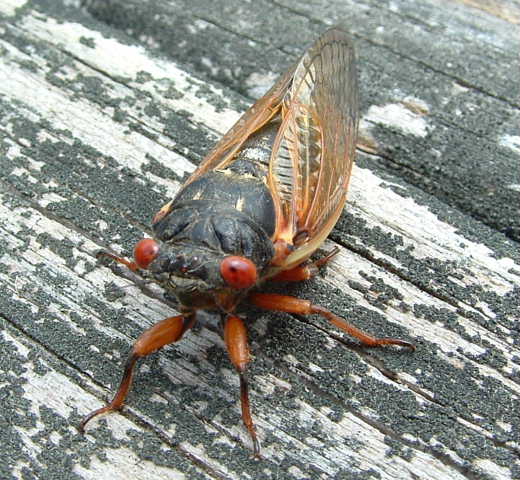
Magicicada Brood X photo by Walter Hanig from 2004. Washington, D.C.
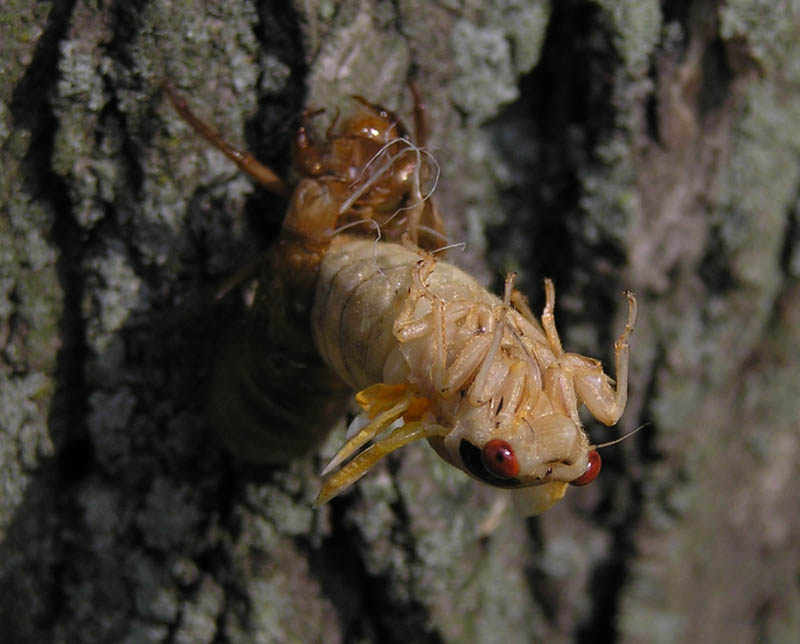
Magicicada Brood X photos by Steve Groh from 2004. Cincinnati, Ohio.
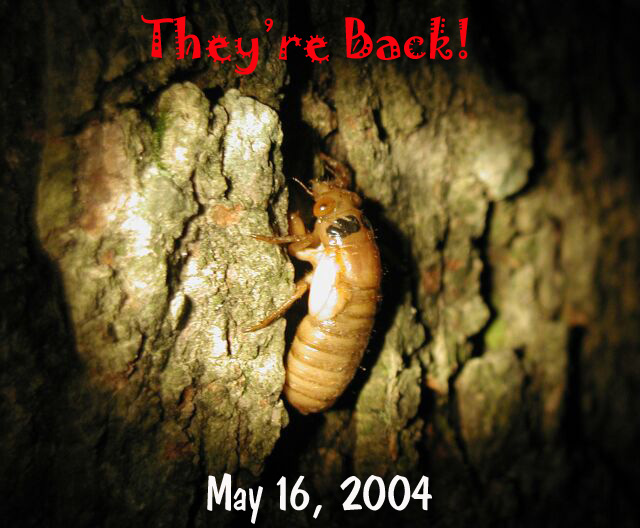
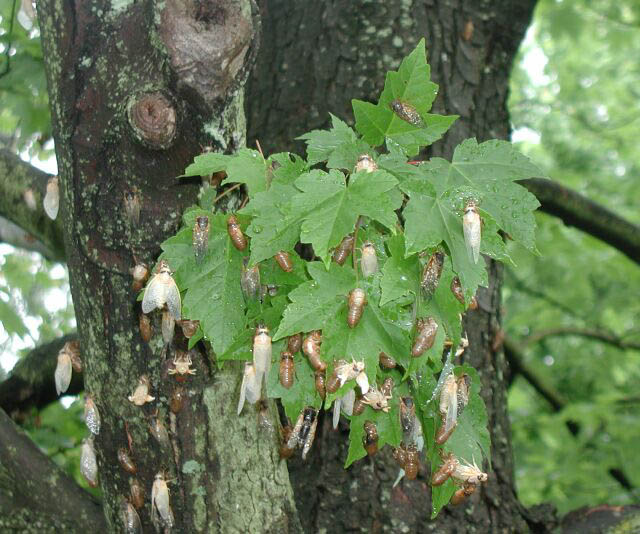
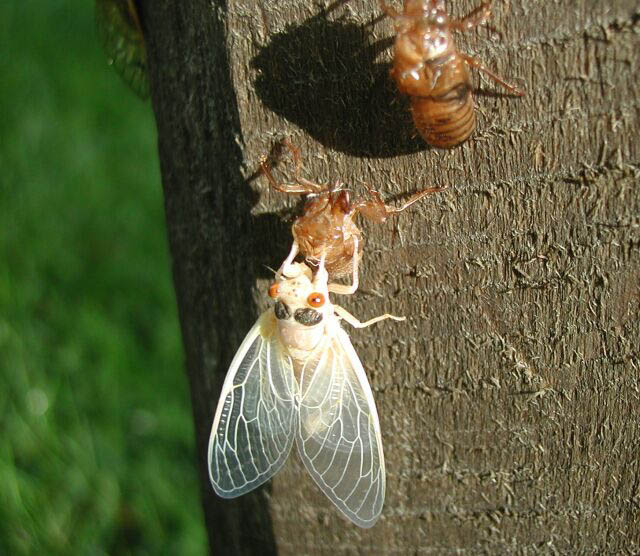
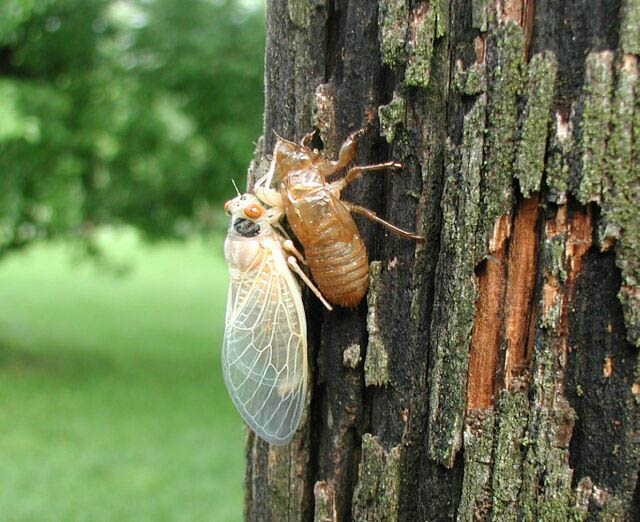
Diceroprocta olympusa photos by Joe Green from 2007. Florida.
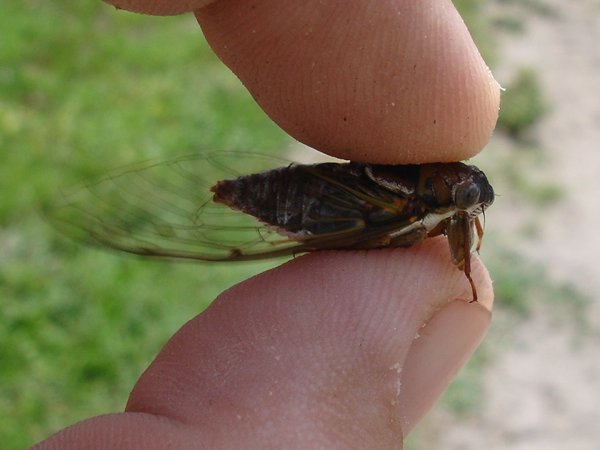
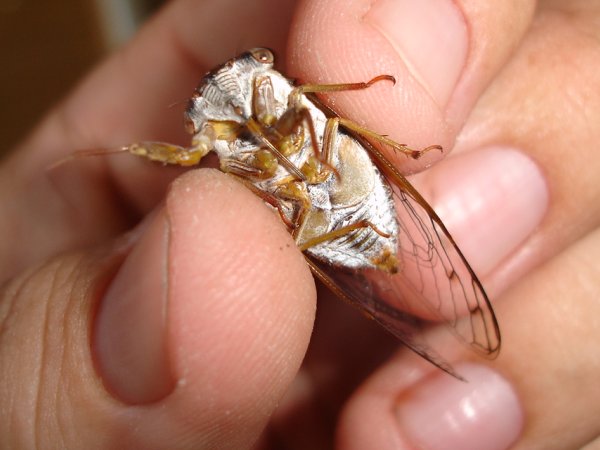
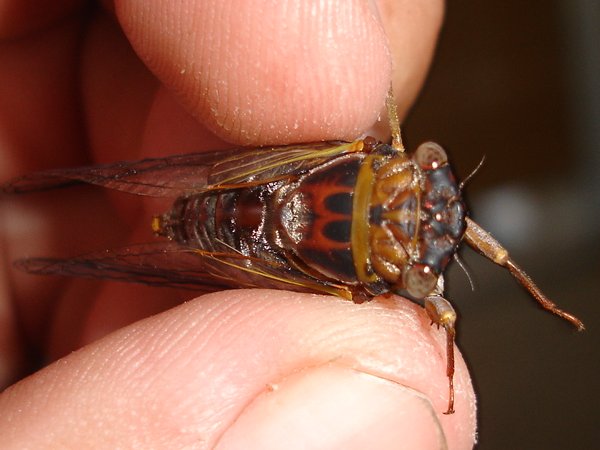
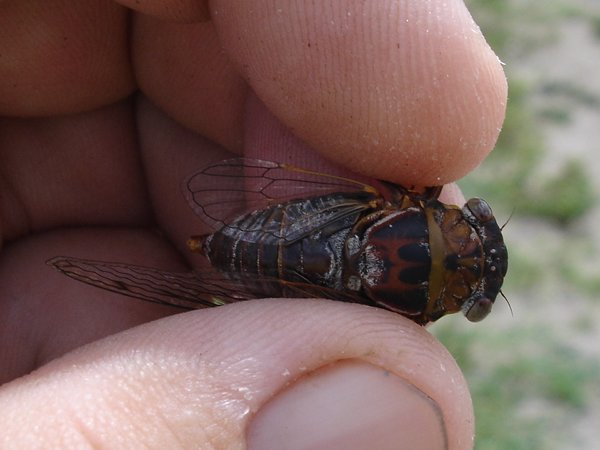
Photos of Magicicada cicadas with white & blue eyes by Roy Troutman from 2004.
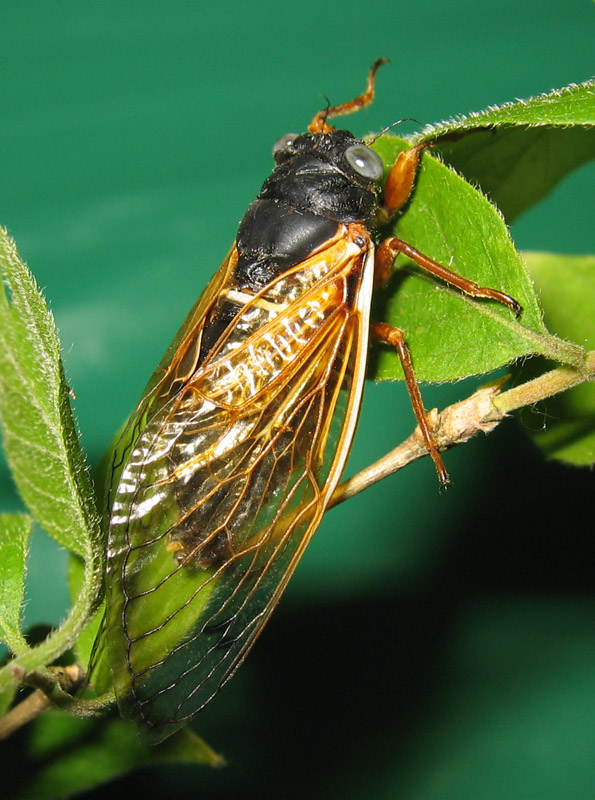
Photo of a Magicicada cicada with blue eyes by Roy Troutman.
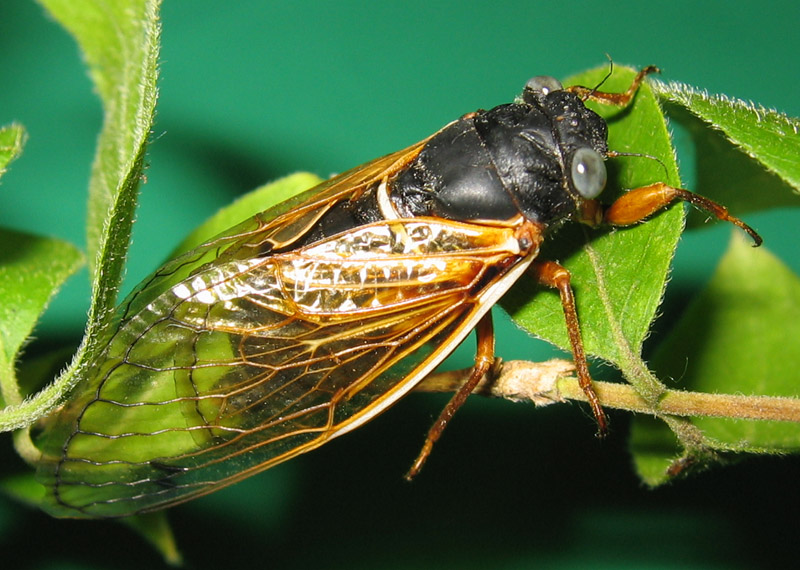
Photo of a Magicicada cicada with blue eyes by Roy Troutman.
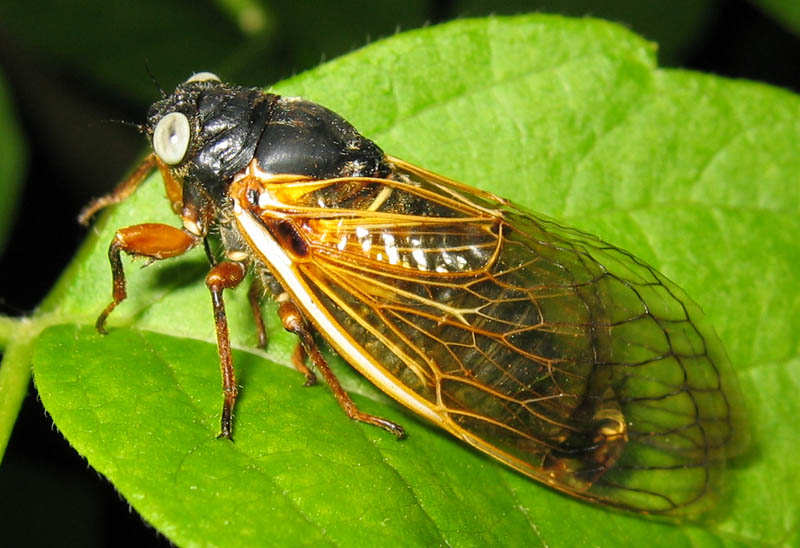
Photo of a Magicicada cicada with white eyes by Roy Troutman.
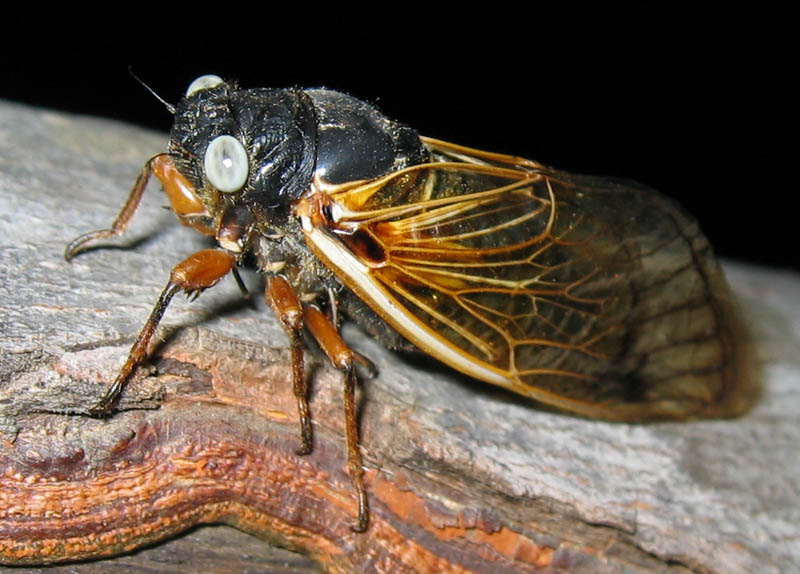
Photo of a Magicicada cicada with white eyes by Roy Troutman.
17-year Magicicada Photos by Gwen Elferdink from Brood X 2004.
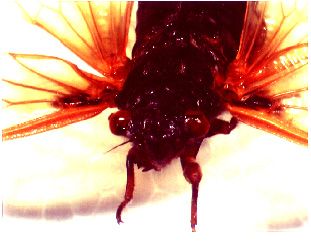
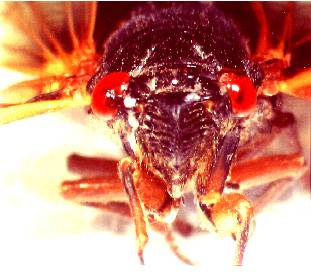
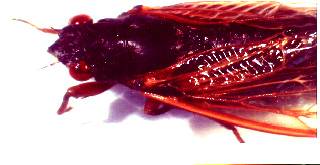
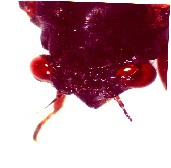
There’s a new cicada subfamily: Derotettiginae.
The five subfamilies are:
Here’s the paper:
Chris Simon, Eric R L Gordon, M S Moulds, Jeffrey A Cole, Diler Haji, Alan R Lemmon, Emily Moriarty Lemmon, Michelle Kortyna, Katherine Nazario, Elizabeth J Wade, Russell C Meister, Geert Goemans, Stephen M Chiswell, Pablo Pessacq, Claudio Veloso, John P Mccutcheon, Piotr Lukasik, Off-target capture data, endosymbiont genes and morphology reveal a relict lineage that is sister to all other singing cicadas, Biological Journal of the Linnean Society, , blz120, https://doi.org/10.1093/biolinnean/blz120
Here’s the abstract:
Phylogenetic asymmetry is common throughout the tree of life and results from contrasting patterns of speciation and extinction in the paired descendant lineages of ancestral nodes. On the depauperate side of a node, we find extant ‘relict’ taxa that sit atop long, unbranched lineages. Here, we show that a tiny, pale green, inconspicuous and poorly known cicada in the genus Derotettix, endemic to degraded salt-plain habitats in arid regions of central Argentina, is a relict lineage that is sister to all other modern cicadas. Nuclear and mitochondrial phylogenies of cicadas inferred from probe-based genomic hybrid capture data of both target and non-target loci and a morphological cladogram support this hypothesis. We strengthen this conclusion with genomic data from one of the cicada nutritional bacterial endosymbionts, Sulcia, an ancient and obligate endosymbiont of the larger plant-sucking bugs (Auchenorrhyncha) and an important source of maternally inherited phylogenetic data. We establish Derotettiginae subfam. nov. as a new, monogeneric, fifth cicada subfamily, and compile existing and new data on the distribution, ecology and diet of Derotettix. Our consideration of the palaeoenvironmental literature and host-plant phylogenetics allows us to predict what might have led to the relict status of Derotettix over 100 Myr of habitat change in South America.
Tweets from Chris Simon @CicadaScience announcing the new subfamily:
One of our undergrads, Rachel Wolther, created this wonderful GIF for our newly published paper. #uconneeb, #endosymbionts, #cicadashttps://t.co/rjdXSCginJ pic.twitter.com/uRppf8ZT0K
— Chris Simon (@CicadaScience) October 13, 2019
Off-target genomic capture data, Sulcia endosymbiont genes and morphology reveal a relict lineage that is sister to all other singing cicadas: a tiny, pale green, inconspicuous and poorly known genus, Derotettix, endemic to salt-plain habitats in arid regions of central Argentina pic.twitter.com/xUhtMPWmgk
— Chris Simon (@CicadaScience) October 13, 2019